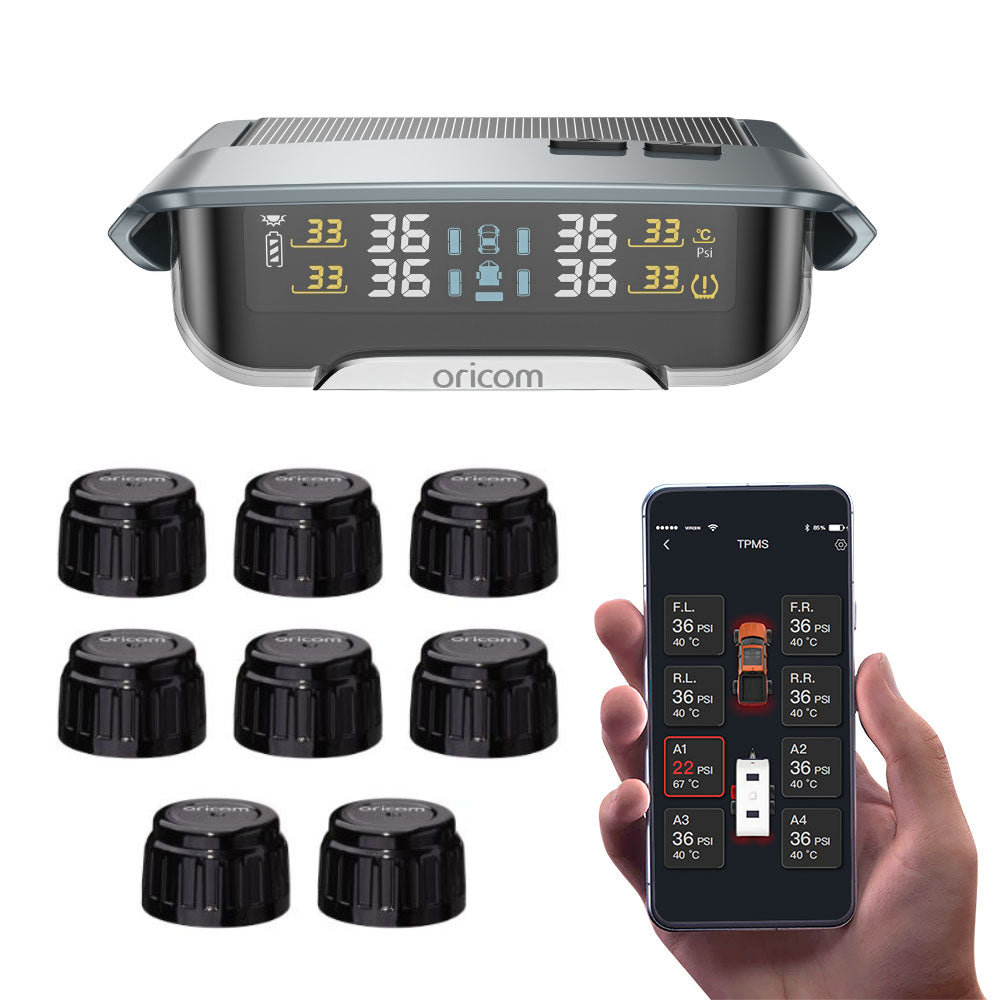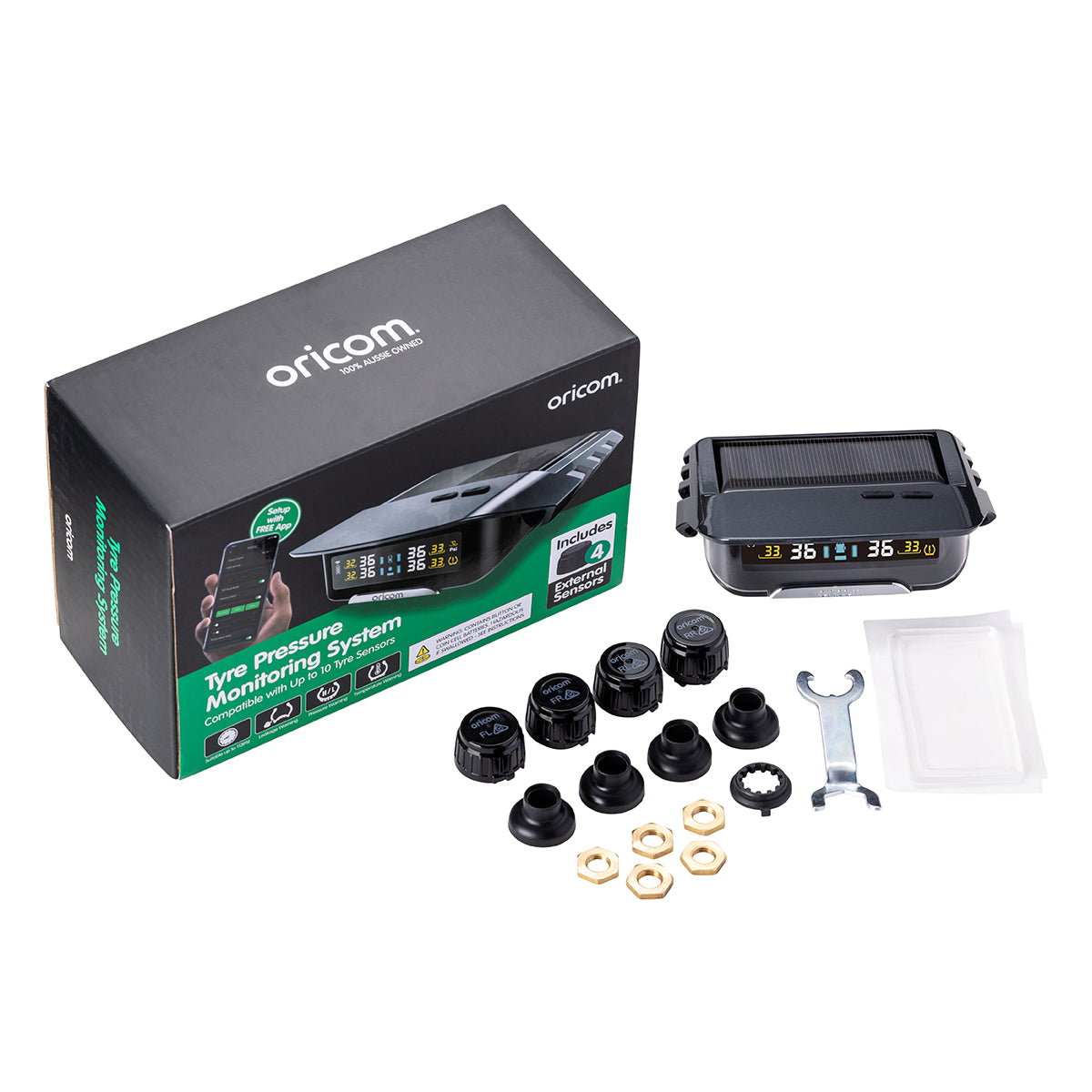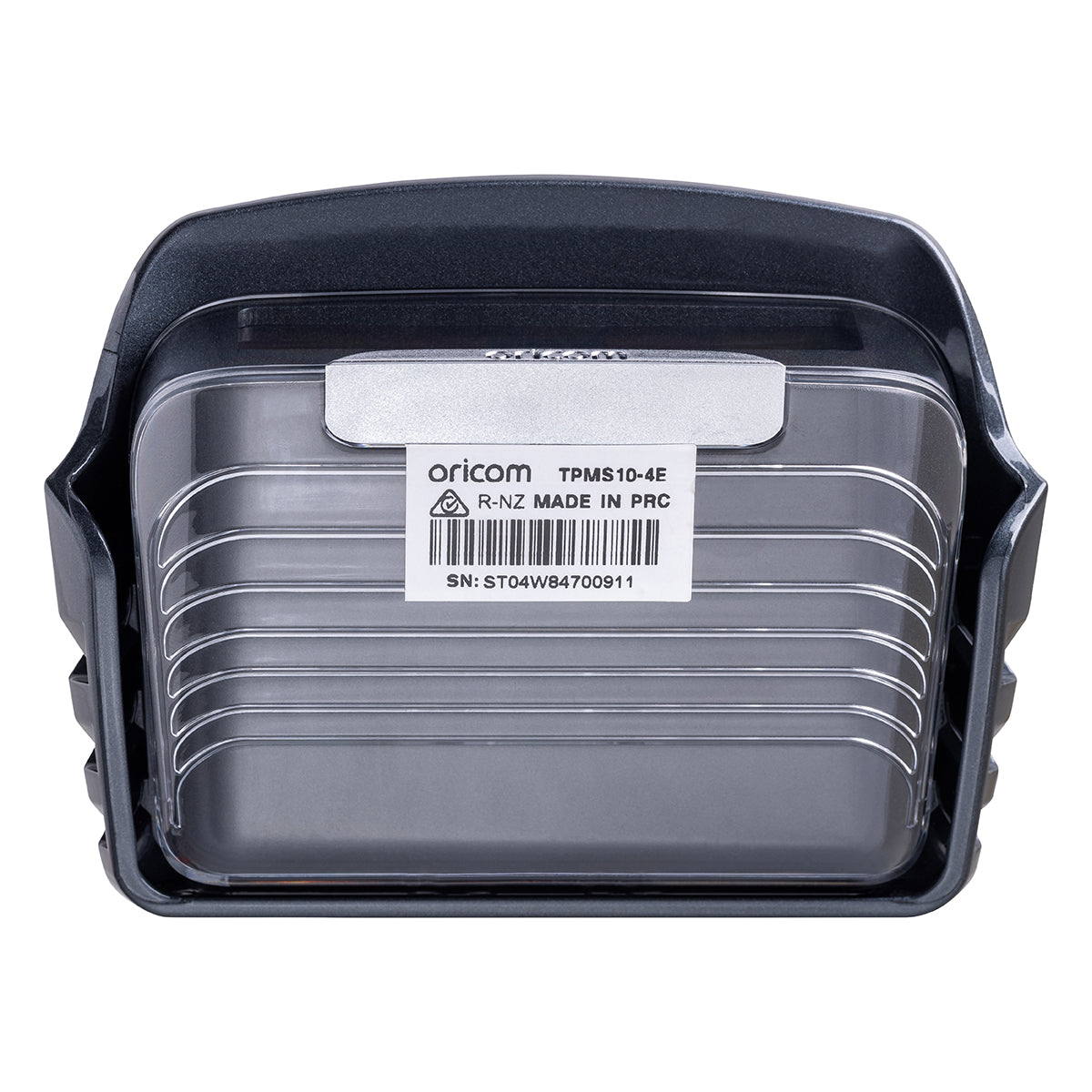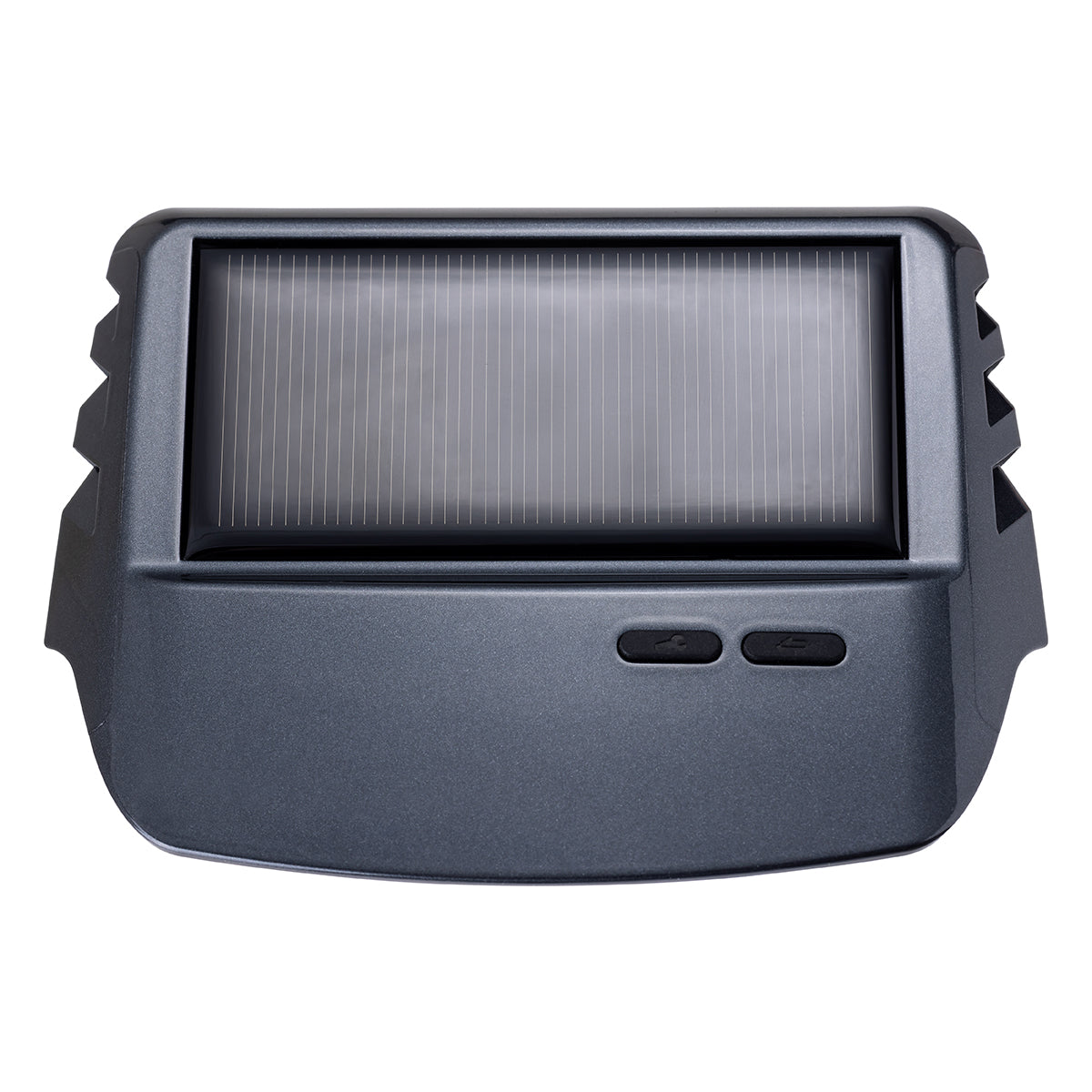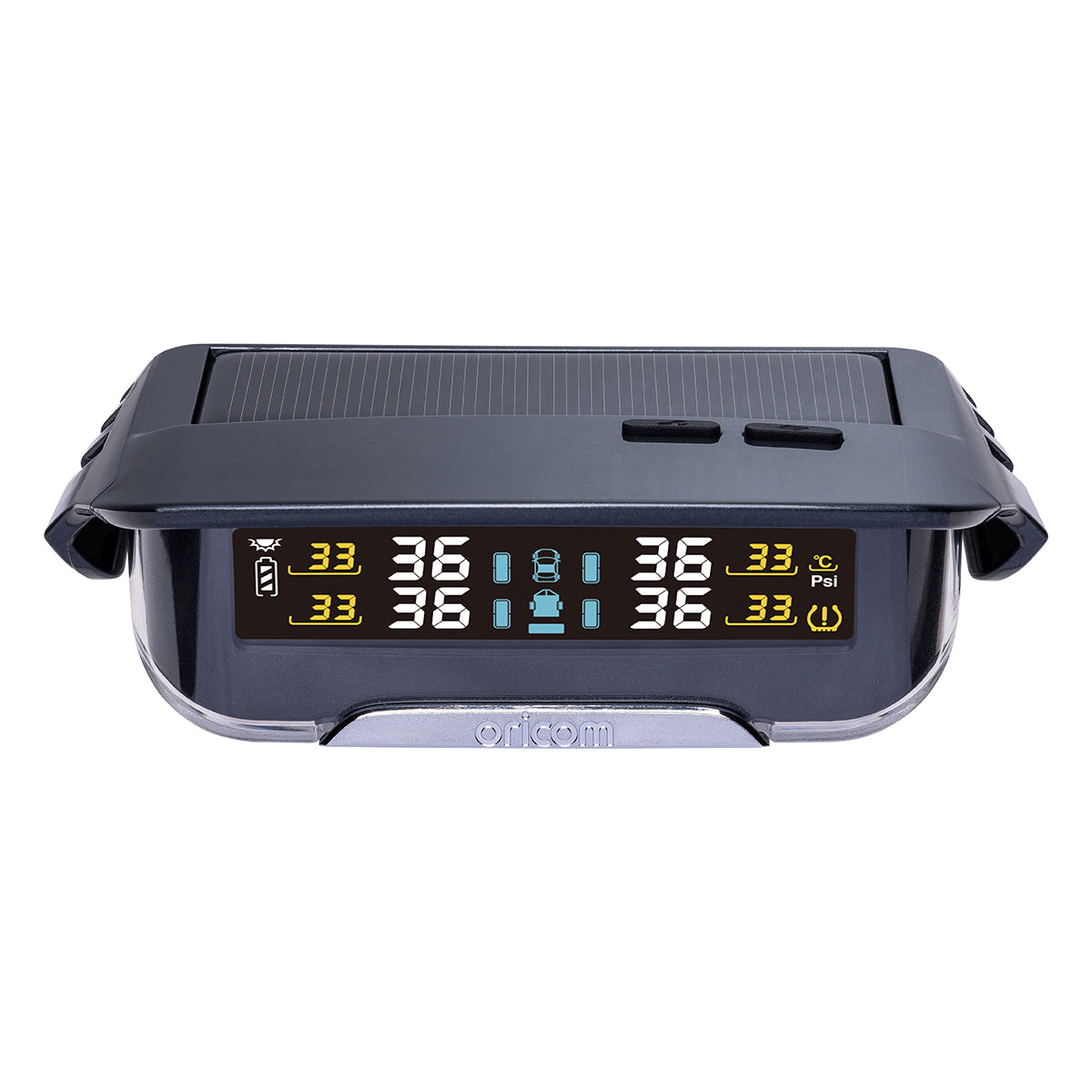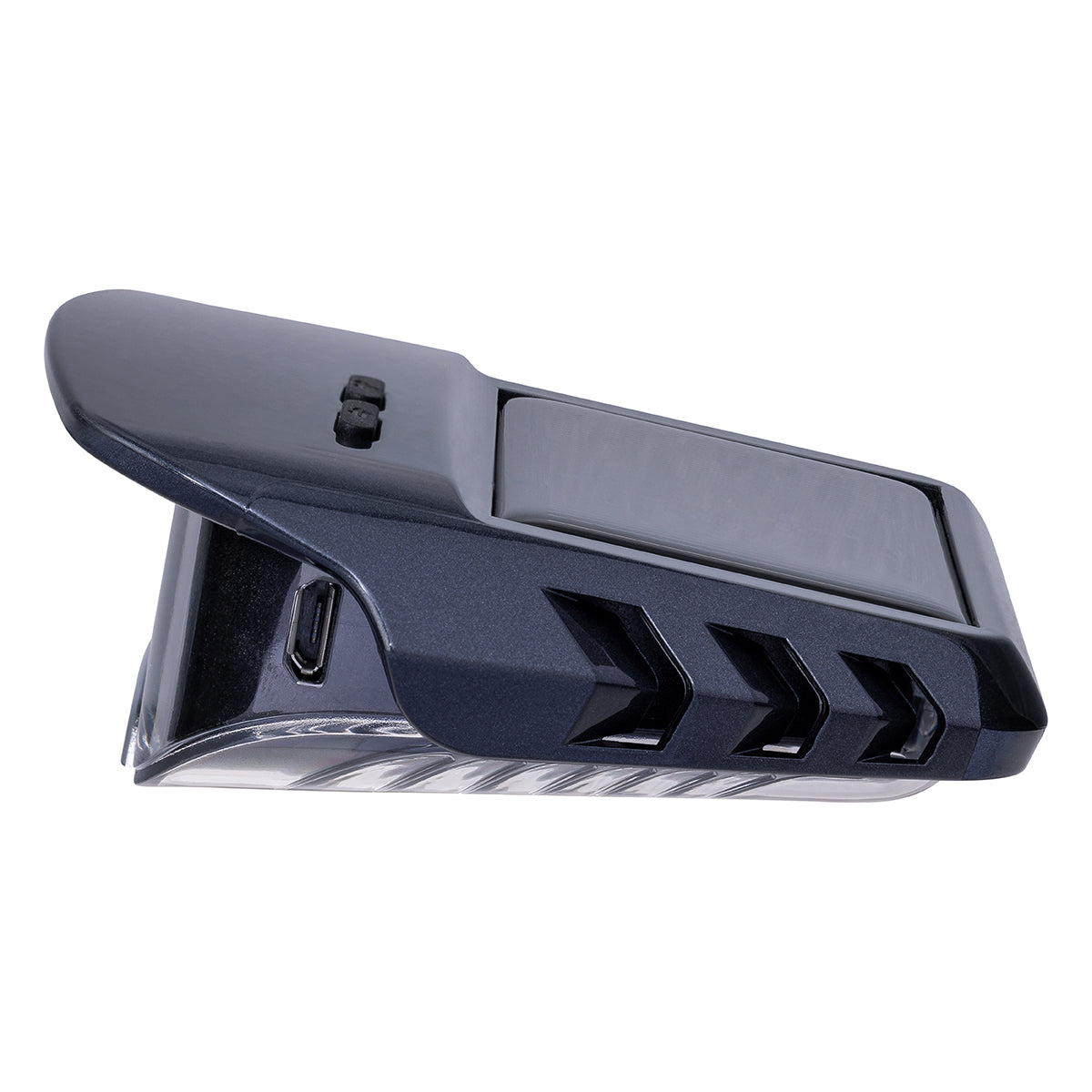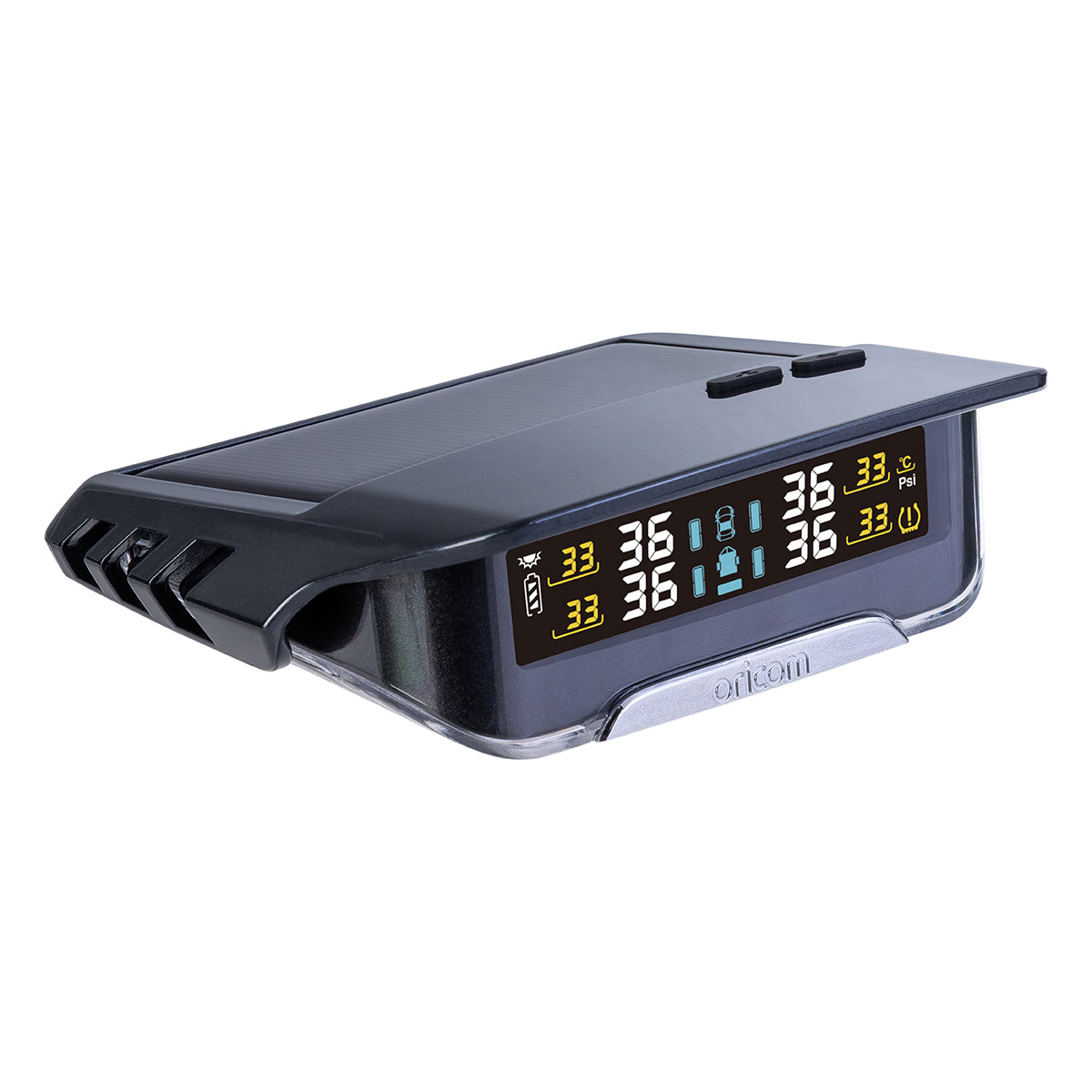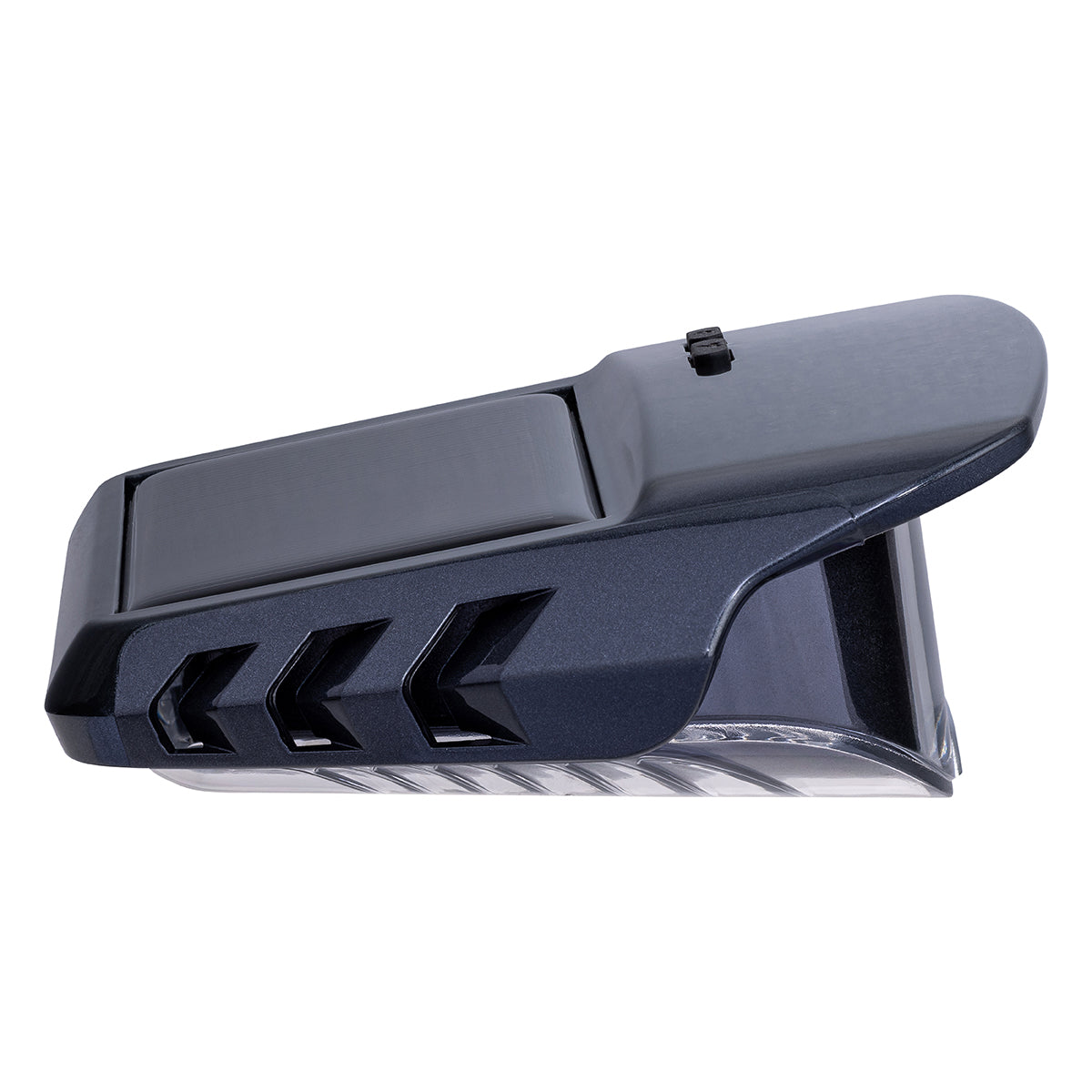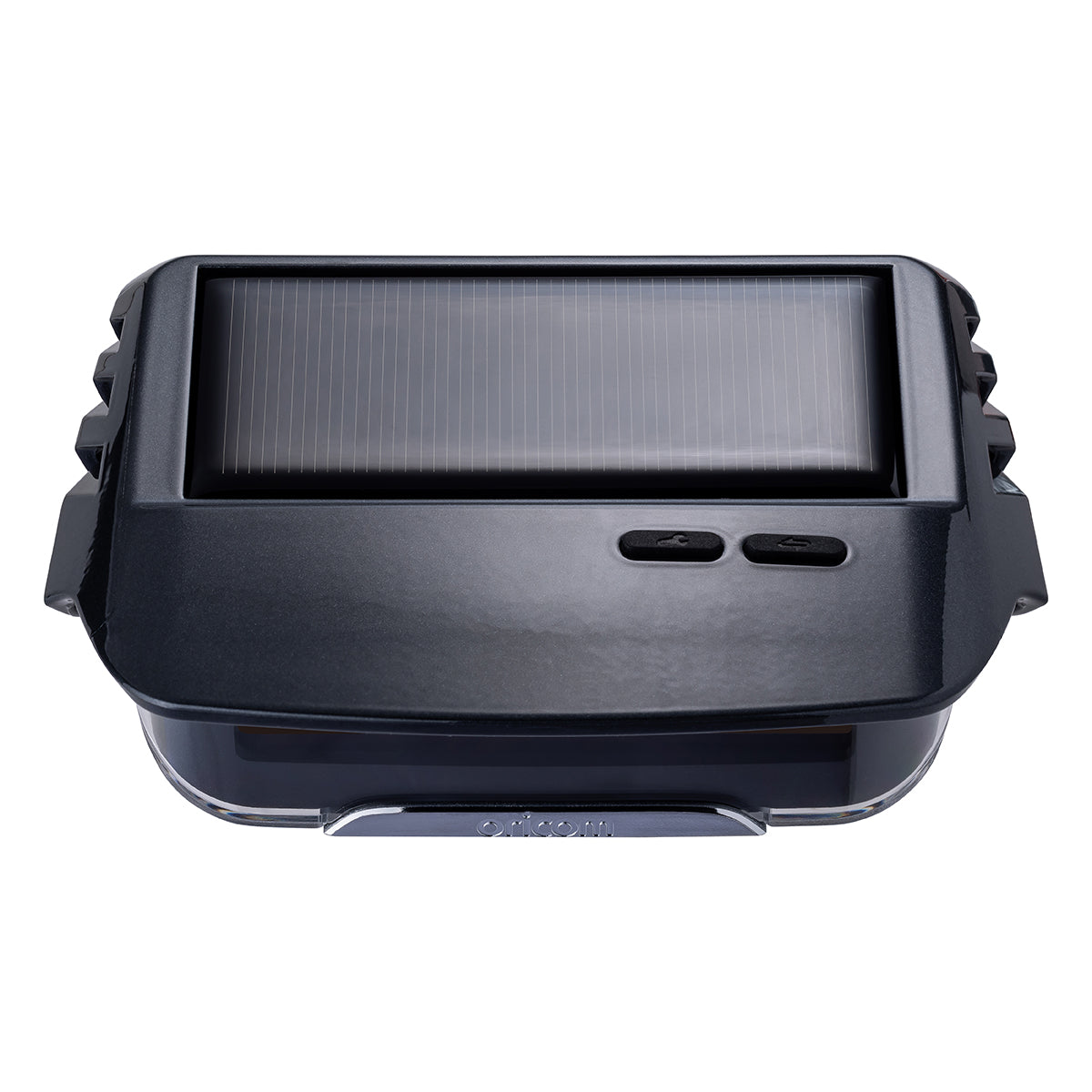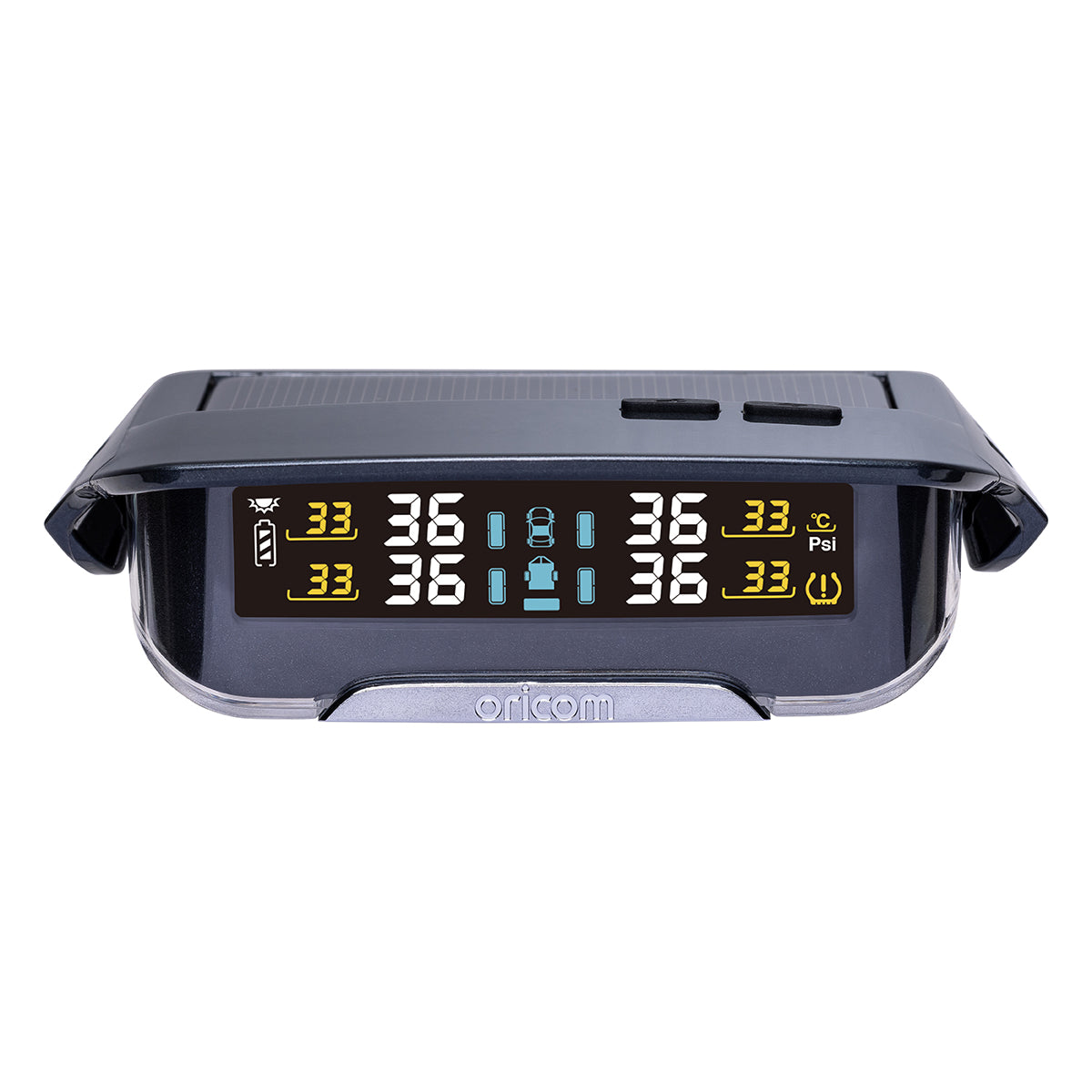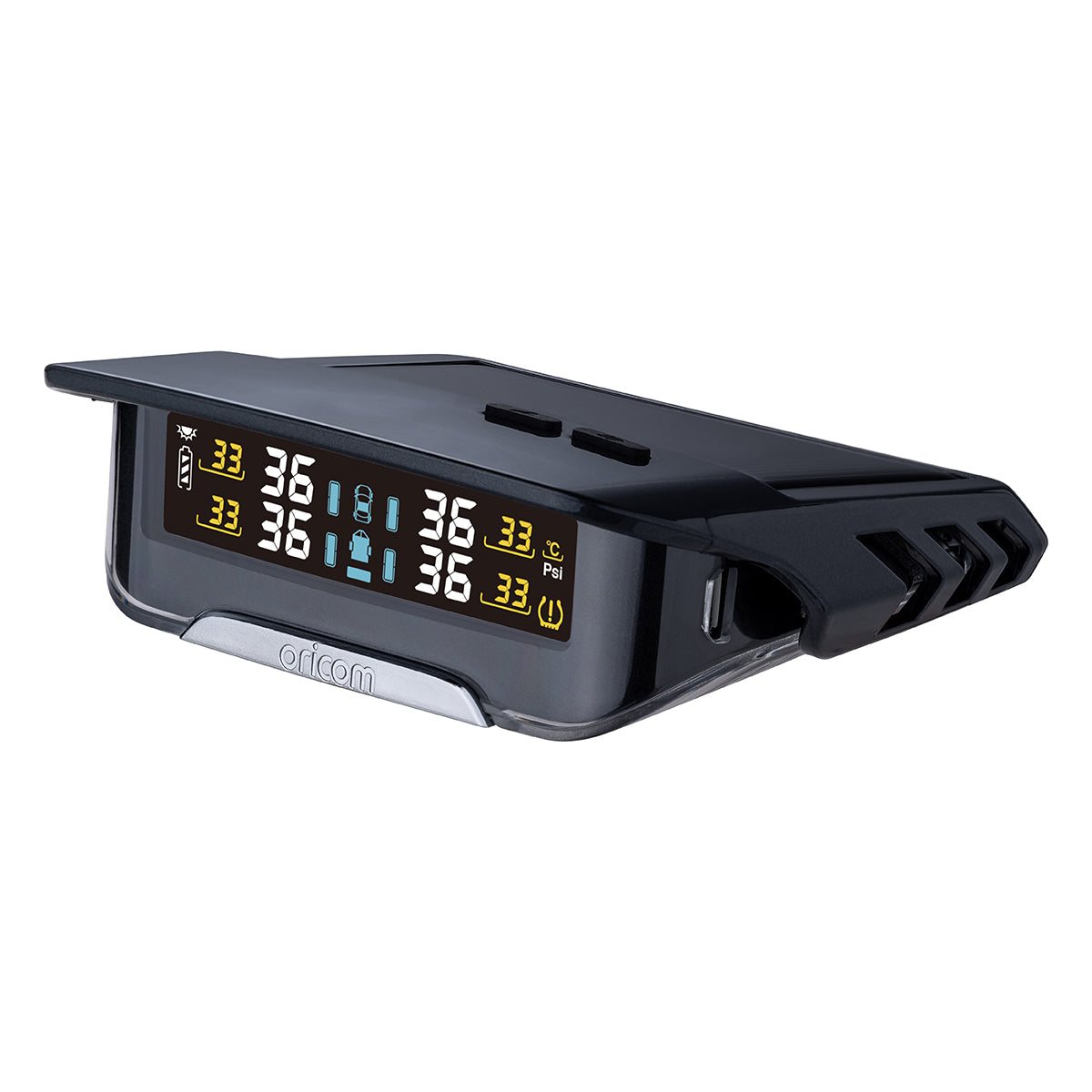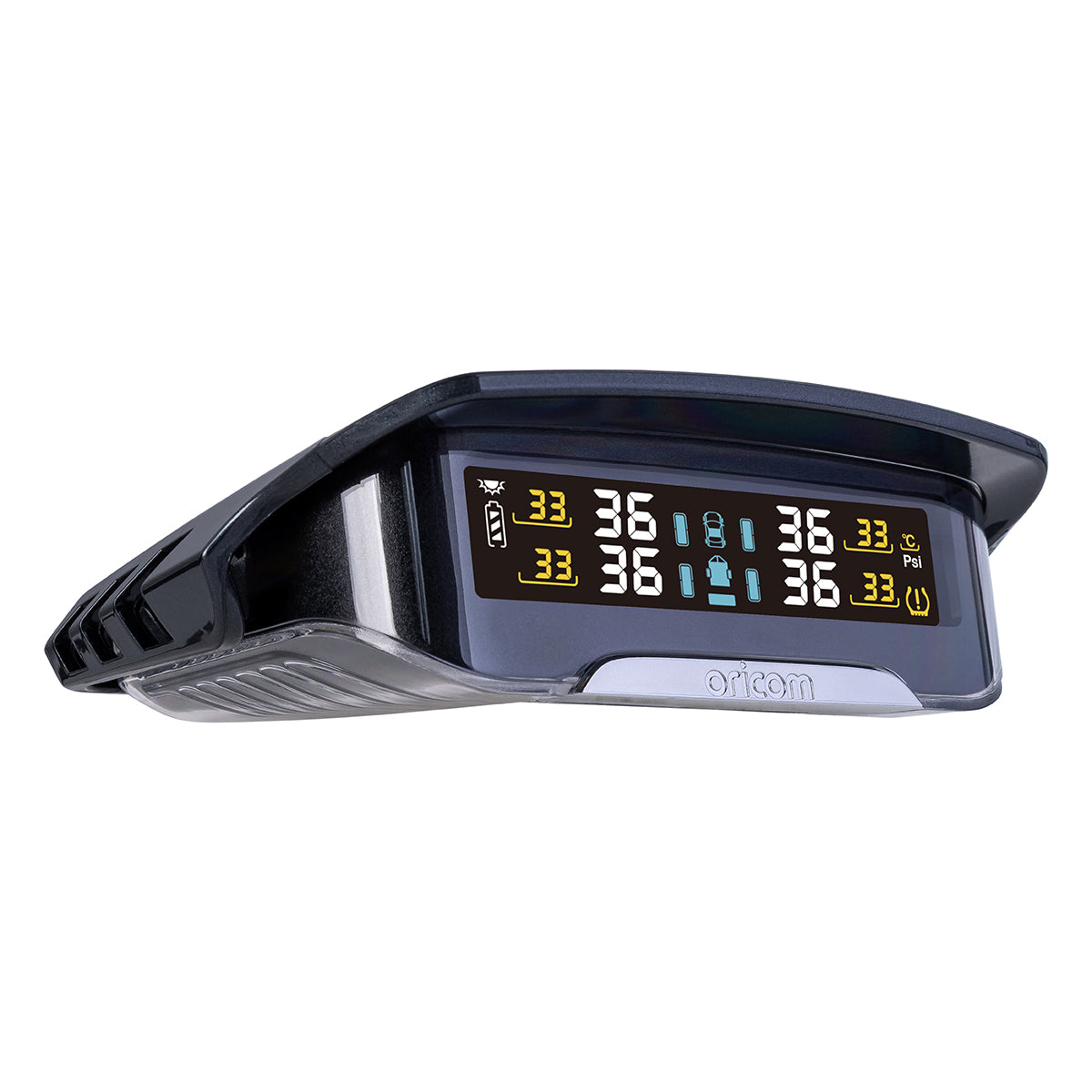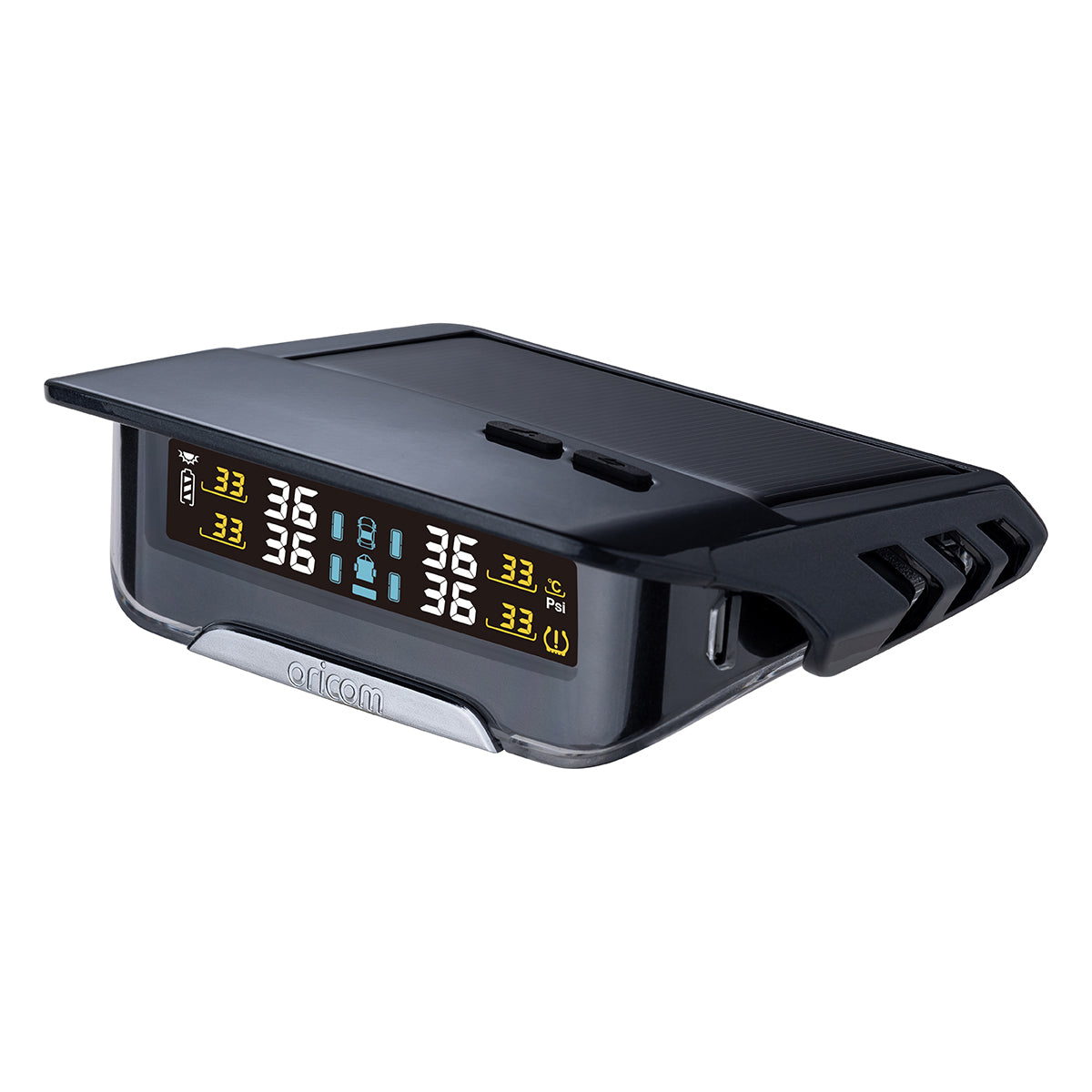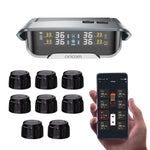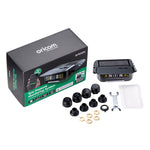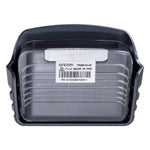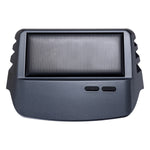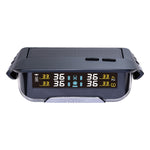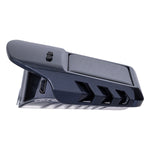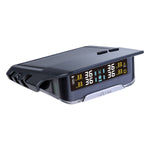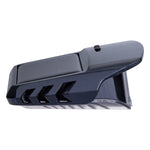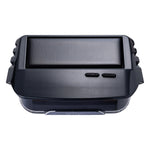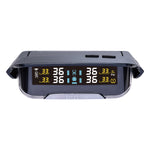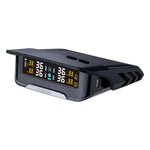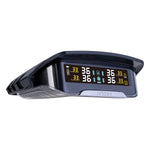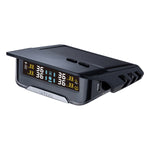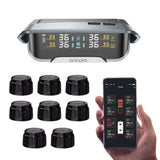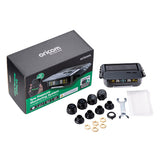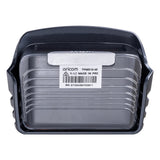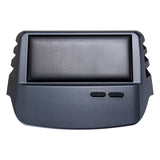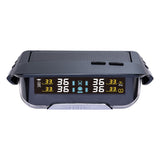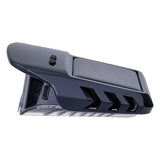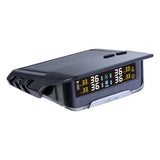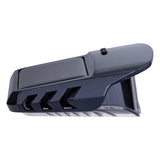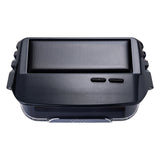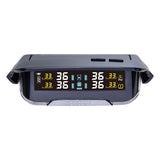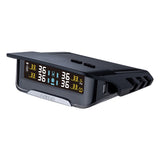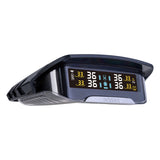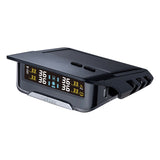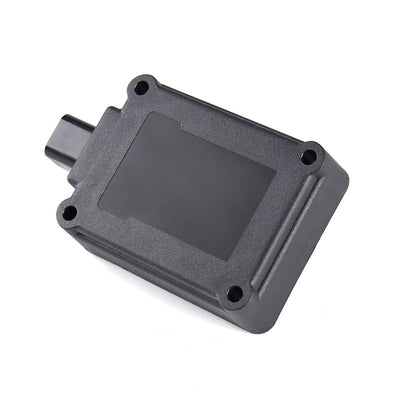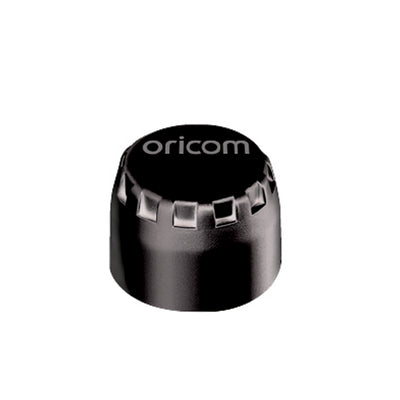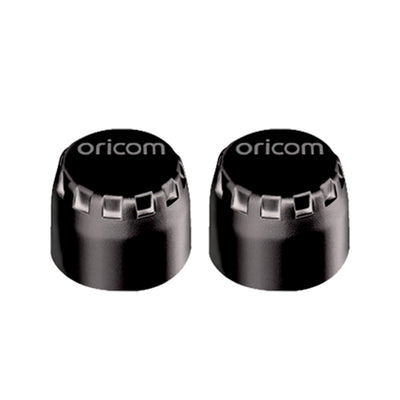100% Aussie Owned
Free Delivery Over $99
Trusted Local Support
Product Details
Key Features:
• Compatible with up to 10 tyre sensors
• Easy setup with the free app
• Switch between Offroad and Normal modes to
save tyre pressure settings
• Compact solar powered display unit
• Long lasting display unit battery life
• Wireless transmission between sensor
and display unit
• Adjustable threshold value
• Auto brightness on display
• Monitors pressure and temperature
• Visual and audio alarm
• Optional micro USB input
• Intelligent sleeping mode for power saving
• High/ low pressure warning
• Sensor failure warning
• 12 Month warranty
Technical Specifications:
Sensor:
Operating frequency: 433.92MHz ± 0.05MHz
Operating voltage: 2.3 ~ 3.3V
Operating current: ≤1 2mA
Static current: ≤0.5uA
Operating temperature: -20˚C ~ +80˚C
Storage temperature: -40˚C ~ +80˚C
Battery model: CR1632
Display:
Operating frequency: 433.92MHz ±0.05MHz, 2.4GHz BLE
Operating current: ≤32mA
Static current: ≤45μA
Operating voltage: 2.6 ~ 3.6V
Operating temperature: -20˚C ~ +70˚C
Storage temperature: -40˚C ~ +95˚C
Built-in battery capacity: 500mAh
Charging temperature: -10˚C ~ 65˚C
Solar charging current: ≥15mA (at 5500LX 25˚C)
USB Charging current: ≤70mA
Files
User guides
Product registration
Additional Information
- Frequently Asked Questions
- Videos Guides
How quickly does it update and do I need to be moving?
The Oricom TPMS10 updates your tyre information automatically, but you’ll need to be moving for the sensors to wake up. As soon as you’re driving at around twenty-five kilometres an hour or more, the display and app will begin showing pressure and temperature data. Once active, the system updates regularly, so you’ll see changes quickly if a tyre loses air or starts to heat up. When you stop driving, the display goes into a power-saving mode, and the sensors pause to save their batteries—ready to wake up again on your next trip.
How do I manage trailers and spares?
With the Oricom TPMS10 you can easily manage trailers and spare tyres through the display or the Oricom app. If you’re towing, just enable the trailer sensors so you can see their data alongside your vehicle tyres. When you unhitch, you can quickly disable or hide that trailer profile, so it doesn’t clutter your screen. The same goes for spares—enable them when you want to keep an eye on their pressure, or hide them if you’d rather just monitor your main tyres. It’s designed to be flexible, so you only see the information that matters for the trip you’re on.
What is Off Road Mode and when should I use it?
Off Road Mode on the Oricom TPMS10 is designed for when you drop your tyre pressures for rough tracks, sand, or corrugated roads. It’s a simple way of changing parameters without having to manually adjust settings each time you air up and down. The system is designed to alert you if your tyre pressure goes below a set minimum. But when you air down for off-road driving, those pressures are much lower than usual. By switching on Off Road Mode in the display or the Oricom app, the alert thresholds adjust automatically so you don’t get constant warnings while you’re off the beaten track. Then, once you’re back on the highway and reinflate your tyres, you can switch Off Road Mode off and return to your normal road settings.
How do I set units and alerts?
Customising the Oricom TPMS10 to suit your setup is simple. Start by choosing your preferred units. On the display or in the Oricom TPMS app, you can switch between PSI or Bar for pressure, and Celsius or Fahrenheit for temperature. Using the App, to change the unit of measurement, once you have connected the sensors and logged in, navigate to UNIT in the menu, and change between BAR/PSI and Celsius and Farrenheit. Next, set your alerts. You’ll be able to adjust the high and low pressure limits, plus set a maximum temperature. These alerts make sure you get a warning if a tyre drops too low, climbs too high, or overheats. On the App, in the settings, you can adjust the parameters inside of Pressure Value and Temperature Value settings. These settings can be isolated to Tow Vehicle, Trailer or Spares. Once saved, the system constantly monitors each tyre and will send an alert straight to both the display and the app—so you’re always in control, whether you’re in the cab or checking your phone when the vehicle is off.
Are the sensors already paired/ How do I add or re program extra sensors?
The Oricom TPMS10 sensors are ready to go straight out of the box. In the four, six, or eight-packs, every sensor is already pre-programmed to its tyre position—so you just fit them, and the display will pick them up automatically. If you want to add extra sensors later, or re-program one after a tyre rotation, it’s simple. Just go into the Oricom TPMS APP, In the setting status interface, click the "Sensor Pairing" button to enter the pairing settings. Enter the pairing page and select the tyre position. The unit will detect the sensor and pairing will move to completed status. If a user chooses to swap the location of a paired sensor, they should click Tyre Swap in the settings. User then selects the tyres that need to swap position on the interface, and then confirm the change. Whether you’re adding spares or swapping tyres around, updating the system takes only a few seconds.
How do I mount and power the solar display—do I ever need to plug it in?
Mounting the Oricom TPMS10 display is simple. Just place it on your dash in a spot where it gets some sunlight, and use the anti-slip mat underneath to keep it steady while you’re driving. The display is powered by its built-in solar panel, so in normal use you won’t need to plug it in at all. But if you’re driving at night or in extended low-light conditions, you can also top it up using a micro-USB cable. So whether you’re on the highway or off the beaten track, the display stays charged and ready to keep you informed.
How do I install the external valve cap sensors correctly?
Installing the Oricom TPMS10 sensors is quick and easy. First, remove the dust cap from your tyre valve. Then, slide on the supplied anti-theft locknut and screw the sensor firmly onto the valve. Once it’s tight, wind the locknut back up against the sensor and use the little spanner to secure it in place. Now for an important step—give the tyre a quick leak test. Spray or dab a little soapy water around the sensor and valve. If you see no bubbles, you’re good to go. Repeat this for each tyre, and your TPMS10 sensors are ready to keep you covered on and off the road.
What’s in the box and how many tyres can it monitor?
Unboxing Oricom’s TPMS10—what do you actually get, and will it cover your 4WD and trailer? Inside the box you’ll find the solar LCD display, external valve-cap sensors—available in packs of four, six or eight—plus spare locknuts and washers, dust caps, and a handy spanner for fitting. The system can monitor up to ten tyres in total, covering your tow vehicle, trailer, and even spares. And here’s the best part—the sensors in the packs are pre-programmed, so once you fit them and hit the road, the display will automatically show live tyre data as soon as you’re driving above about twenty-five kilometres an hour.

